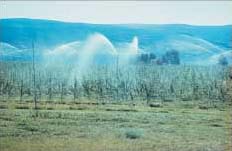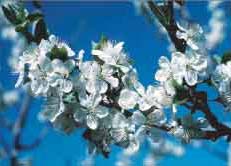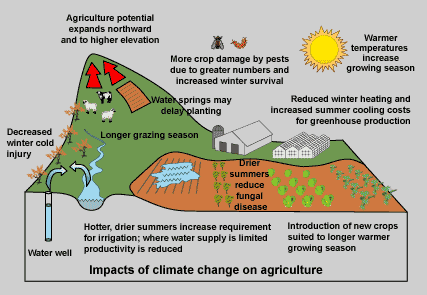
Natural Resources Canada > Earth Sciences Sector > Priorities > Climate Change Impacts and Adaptation > Climate Change in Canada
Temperature rising: Climate change in southwestern British Columbia Down on the farm
Mixed blessings in the Interior
Climate change is expected to bring warmer year-round temperatures, wetter springs, and drier summers to interior valleys such as the Okanagan and Similkameen. Vineyards and orchards, currently limited to the southern Okanagan, could spread as far north as Kamloops. Severe winter cold may be reduced, but the drier, warmer, summer climate will increase drought during the growing season.

Agriculture and Agri-Food Canada |
Reaping some benefits on the coast
Warmer year-round temperatures and drier summers and autumns should benefit agriculture in the Fraser Valley and on southern Vancouver Island. A longer and warmer growing season will lead to higher yields and more diverse crops. On the other hand, warmer winters may increase insect pests, and wetter springs may delay planting, reducing the benefits of warmer weather during the growing season.

(Agriculture and Agri-Food Canada) |

(Agriculture and Agri-Food Canada) |
Did you know?
Warmer spring temperatures have already lengthened the Okanagan growing season. McIntosh apples at Summerland, British Columbia, usually bloom in May. However, of the eight times since 1937 when they have bloomed earlier, five have occurred since 1987.
Will less water be available for agriculture in the Okanagan as its cities and towns grow and climate warms?
How can farmers adapt to climate change?
| 
